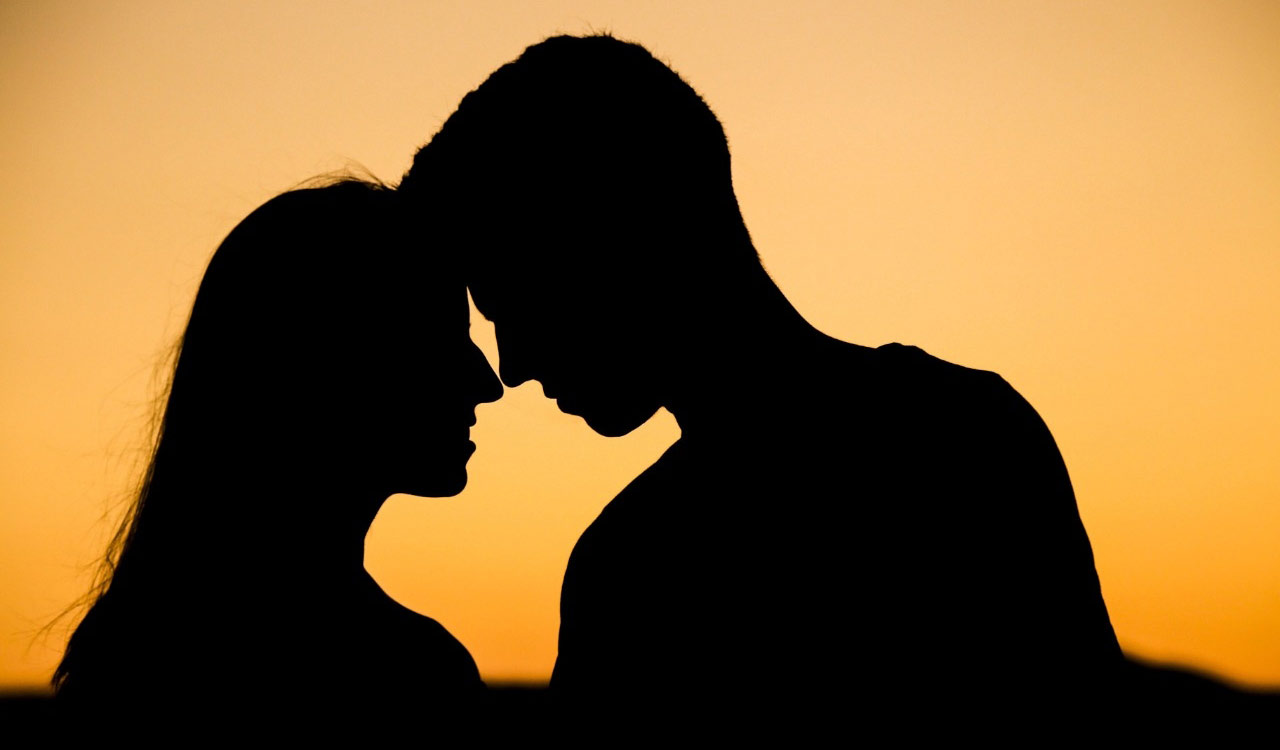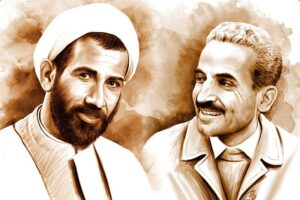The findings suggested that the different types of love form a continuum from weaker to stronger, the researchers said in their study published in the journal Philosophical Psychology.
Published Date – 05:00 PM, Sun – 24 September 23

New Delhi: Researchers have created a map of the human body showing where different forms of love are felt and the intensity with which they are felt.
For building the map, the researchers from Aalto University, Finland, used data collected by surveying hundreds of participants about how they experienced 27 different types of love, such as romantic love, sexual love, parental love, and love for friends, strangers, nature, God, or themselves.
They also asked them where they felt the different types of love in their body and how intensely they felt it physically and mentally.
The findings suggested that the different types of love form a continuum from weaker to stronger, the researchers said in their study published in the journal Philosophical Psychology.
The strongest forms of love were felt most widely throughout the body, they found from the responses, most of which came from young women in higher education.
“It was noteworthy, though not very surprising, that the types of love associated with close relationships are similar and are the most strongly experienced,” said philosopher Parttyli Rinne, who coordinated the study.
The participants were asked to colour in a body silhouette to show where they felt each type of love, how they felt the different types physically and mentally, how pleasant the feeling was and how it was associated with touch. Finally, they were asked to rate the closeness of the types of love.
“Love between persons is divided into sexual and non-sexual. The types of love that are particularly close to each other are those that have a sexual or romantic dimension,” said Rinne.
While all the types were felt strongly in the head, their intensity differed throughout the rest of the body – some spread only to the chest, while others were felt all over, the researchers found.
“It was also interesting to find a strong correlation between the physical and mental intensity of the emotion and its pleasantness. The more strongly a type of love is felt in the body, the more strongly it’s felt in the mind and the more pleasant it is,” said Rinne.
“When we move from more strongly experienced types of love to less strongly experienced types, the sensations in the chest area become weaker.
“It may be that, for example, love for strangers or wisdom is associated with a cognitive process. It may also be that there are pleasant sensations in the head area. This is something that should be investigated further,” said Rinne.
Rinne also noted that there are cultural differences in love and that the demographics of the study group are linked to the experience of love.
“If the same study were done in a highly religious community, love for God might be the most strongly experienced love of all.
“Similarly, if the subjects were parents in a relationship, as in our ongoing brain study project, love for children could be the strongest type of love,” said Rinne.





